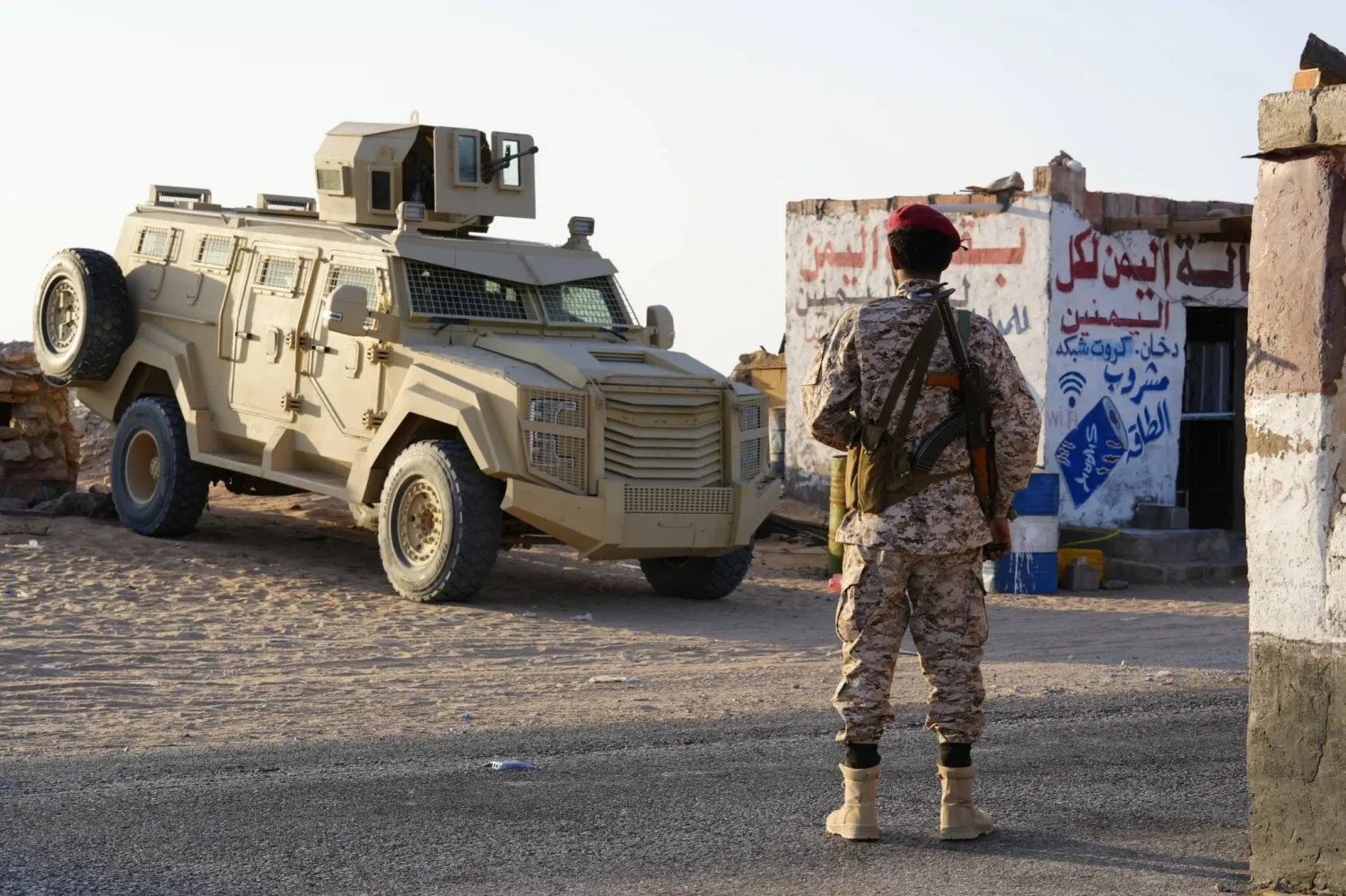A news website in Tel Aviv has claimed that a Jordanian organization is attempting to take over Israel’s Area C in the West Bank via its afforesting activities.
The Arab Group for the Protection of Nature (APN) is a Jordanian organization based in Amman, according to website “0404” affiliated with settlers.
It claims to focus on protecting natural resources in Arab countries, the website revealed.
However, in practice, most of its activity is in Israel, and it seeks to take over Israeli territory by planting millions of trees.
The organization’s data shows that it donated 2,434,452 trees, most of them to Gaza, Hebron, Bethlehem, Jenin, Tulkarm, and Jerusalem.
The website demanded that the Israeli government inquires the Jordanian authorities regarding certain Jordanian parties publicly working against settlements after the organization received a letter of appreciation from Jordanian Minister of Information Amjad Adaileh.
The organization’s representative in the Palestinian Authority, Ibrahim Amin Mantsara, said in an interview that its goal is to “cultivate land within the settlements.”
According to data from the Jordanian organization, tens of thousands of trees have been planted throughout the West Bank in recent months.
Some 37,000 fruit trees were planted as part of the project to preserve natural resources in areas under threat of annexation in the Jordan Valley.
In addition, 8,000 trees were planted in the area of Beit Iksa in the Jerusalem area, and 3,000 trees in the Arab village of Bedu near Jerusalem.
Another 500 trees were planted in Salfit, south of the city of Ariel, and special emphasis was placed on the areas of the Jordan Valley, Bethlehem and Hebron.









